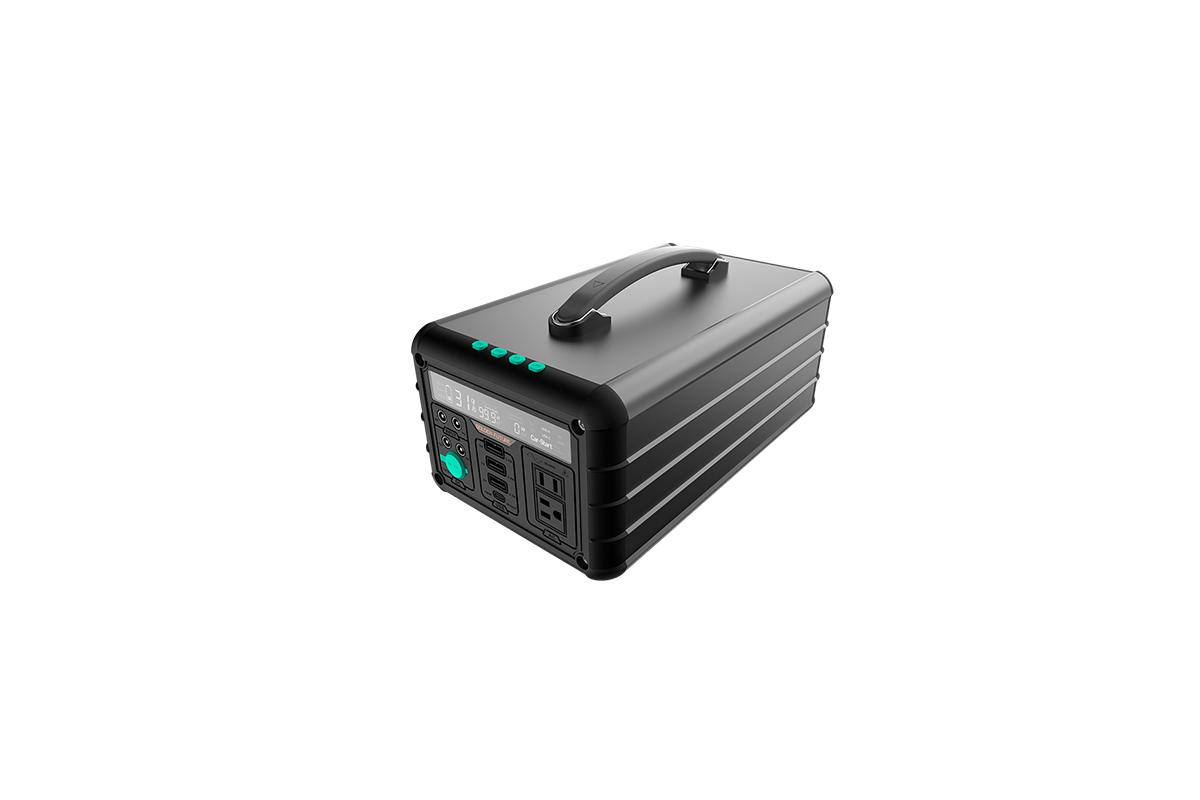

Time:2024-09-19 Views:1

1. Charging process:
When charging a lithium battery, an external power source pushes lithium ions from the positive electrode (usually lithium metal oxide) to the negative electrode (usually graphite or other carbon materials). Lithium ions move to the negative electrode through the electrolyte (a medium that allows lithium ions to pass through but not electrons) and are embedded in the layered structure of the negative electrode material; Meanwhile, electrons flow from the positive pole to the negative pole through an external circuit to maintain charge balance.
2. Discharge process: When the battery discharges (i.e. provides electrical energy to external devices), lithium ions will be deintercalated from the negative electrode material and return to the positive electrode. Electrons flow from the negative pole to the positive pole through an external circuit, providing current to external devices.
3. Electrolyte: Electrolyte is a key component in lithium batteries, allowing lithium ions to move between the positive and negative electrodes while preventing electrons from passing directly, ensuring that electrons can only flow through external circuits.
4. Diaphragm: A diaphragm is a special material located between the positive and negative electrodes. Its main function is to prevent direct contact between the positive and negative electrodes from causing a short circuit, while allowing lithium ions to pass through.
5. Safety: The design of lithium batteries needs to consider safety, including preventing overcharging, overdischarging, overheating, and other situations that may cause battery damage or even fire.
6. Energy density: Lithium batteries have high energy density, which means they can store large amounts of electrical energy in relatively small volumes and weights.
Read recommendations:
Lithium Iron Phosphate Batteries for Electric Vehicles